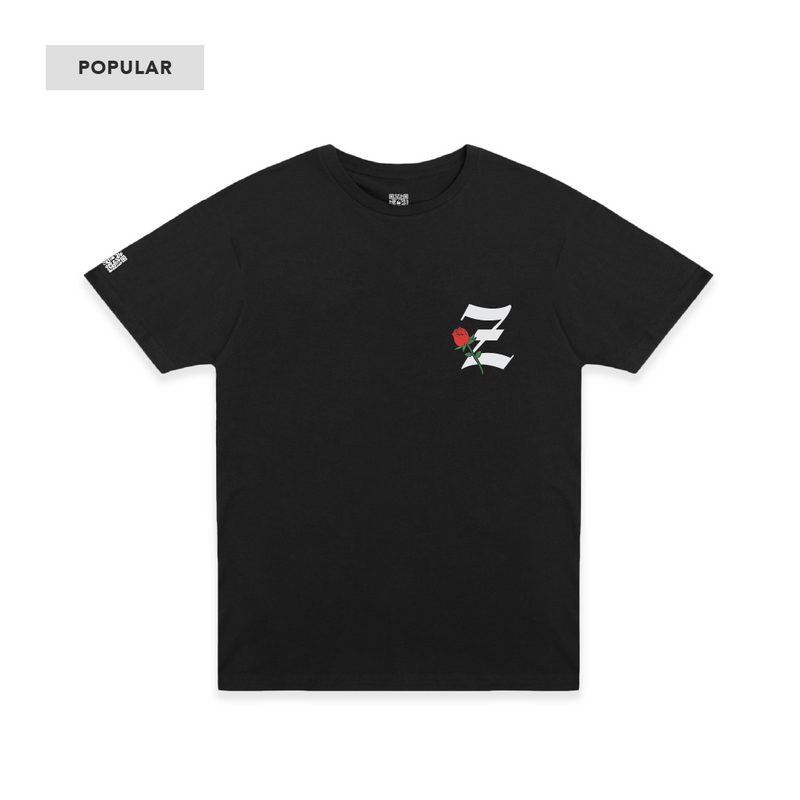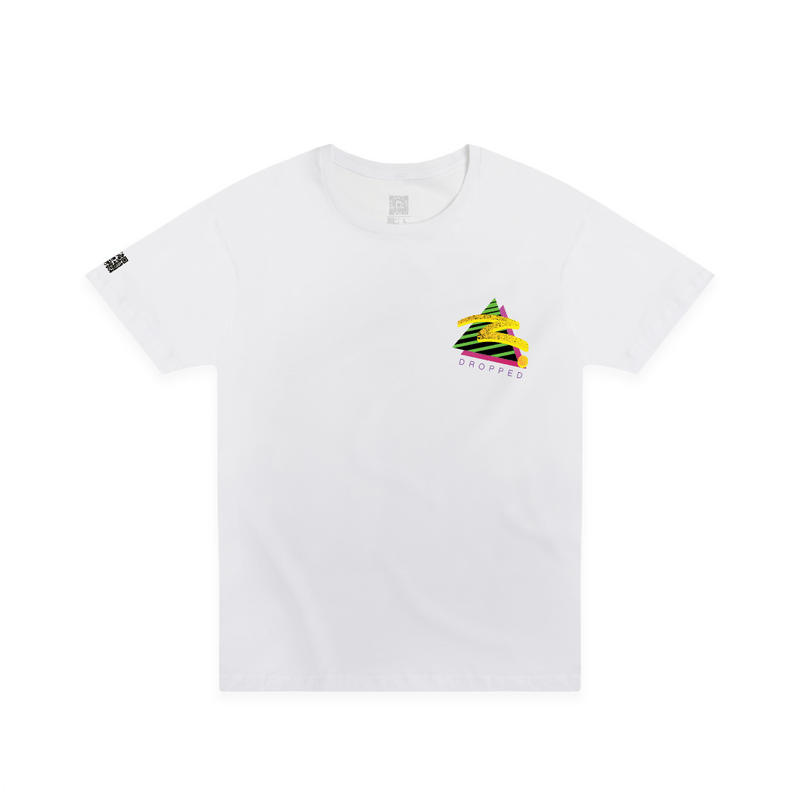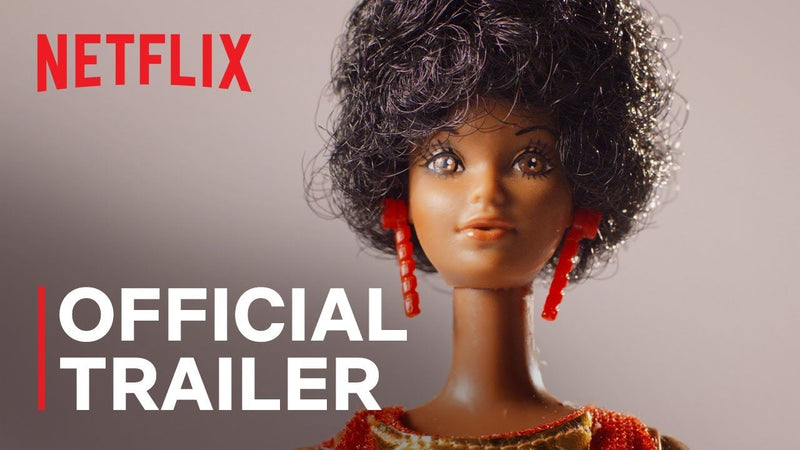Summary:
When you picture camouflage, Realtree Camo likely comes to mind. Its hyper-realistic tree-bark patterns are everywhere — from hunting gear to fashion collabs. But Realtree’s story is not just about effective concealment. It’s about intellectual property, brand control, and what happens when something built by passion becomes a licensing empire. And, more importantly, what that means for creators like you — and for brands like ZDROPPED.
The Origins: Bill Jordan’s Vision
Realtree was born in 1986 when outdoorsman Bill Jordan turned his love for nature into something revolutionary. Inspired by the textures, bark, and foliage around his Georgia home, he hand-drew pattern designs with the goal of creating camo that looked real. His debut at the SHOT Show was unassuming — a simple booth, rough prototypes — but demand hit immediately.
Jordan didn’t follow the usual path. Many would have sold their designs outright to big hunting or apparel companies. But he chose licensing instead, retaining ownership of his patterns while letting others use them under strict control.
Realtree vs Mossy Oak: Two Paths, Two Philosophies
In the camo world, Realtree and Mossy Oak are the dominant names. While both have deep roots and massive reach, their philosophies diverge:
-
Visual style: Realtree pushes hyper-realism — crisp bark, shadow play, photoreal textures. Mossy Oak often leans more organic, layered, and abstract.
-
Branding & reach: Realtree’s aggressive licensing meant its patterns appear across gear, fashion, automotive wraps — everywhere. Mossy Oak emphasizes conservation, outdoor lifestyles, and habitat stewardship.
-
Business model: Jordan’s decision to license rather than sell was a game changer — it kept control, equity, and authenticity in his hands.
Licensing Over Ownership: Why That Strategic Play Matters
By licensing instead of giving away his designs, Bill Jordan built an ecosystem, not just a camo. Some of the advantages:
-
Control and evolution: Realtree could change patterns, protect its standards, and guard against dilution.
-
Recurring revenue: Each license deal yields ongoing returns — no need to manufacture everything.
-
Brand ubiquity: By being everywhere—outdoor gear, lifestyle wear, accessories—Realtree became a trusted symbol.
This model is a case study in how to grow a brand without losing control. Too often, creators are forced to cede rights early and never see what their work becomes. Jordan resisted that.
Why This Matters to You (the Customer)
Knowing the backstory of Realtree Camo gives you context. When you see a pattern slapped across a hoodie or hat, the value you’re paying for includes brand equity, licensing, and the creative rights behind it.
If creators give up too much, they never benefit from their own work. Consumers unknowingly perpetuate that cycle when they support brands that exploit creators. But when informed customers demand more — demand credit, ownership, and transparency — change happens.
Why Supporting ZDROPPED Is Part of the Answer
ZDROPPED was built to oppose the kind of erasure that happens when designers, artists, and creators are stripped of control. Here’s how:
-
We champion ownership. We want the maker to benefit from what they create.
-
We give voice and visibility. We don’t hide the names behind the work — we lift them up.
-
We rewrite cycles. Instead of feeding industry systems that silence creators, we support ones that empower them.
When you support ZDROPPED, you’re not just buying apparel — you’re investing in the rights, stories, and futures of independent creators.
Realtree’s Legacy & What We Pull From It
Realtree didn’t just change camo — it changed how outdoor branding could work. From rough sketches in Georgia to a global licensing powerhouse, it’s a lesson in vision, grit, and strategic foresight. And it’s a reminder that the value of creativity lies not just in production but in protection, credit, and control.
For ZDROPPED, Realtree’s story is a compass. It tells us: creative rights matter. Pattern, design, concept — these are power. And we always fight for the people behind them.






